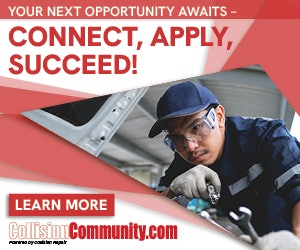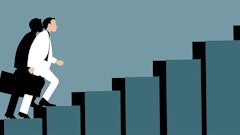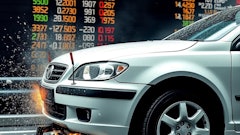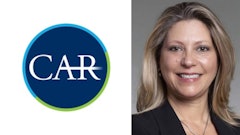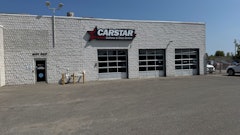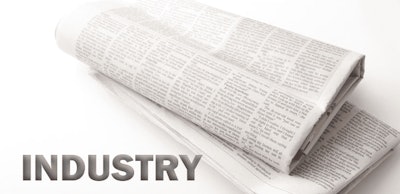
REFINISHING REPARATIONS

“Some automakers, like Toyota, Lexus, Nissan, and INFINITI, also have statements that processes (such as denibbing, finish sanding or buffing) are necessary even at the manufacturing plant as well as at body shops,” noted Anderson.
AFTERMARKET STRONG
DesRosiers Automotive Consultants (DAC) has released its latest Automotive Aftermarket scorecard, reporting increased repair costs 2022 and expectations for “strong [aftermarket] growth” in 2023. With parts shortages “widespread throughout the year,” writes DAC, the customer price index for passenger vehicle maintenance and repair services (as of December 2022) increased 5.6 percent compared to December 2021. Passenger vehicle parts, accessories and supplies consumer price indexes were up 8.6 percent in December 2022 over December 2021. The report also states that gasoline consumption (in place of vehicle usage data) remained “fairly steady” in 2022, with just a 1.9 percent decrease overall, which DAC says is “unsurprising given the improved efficiencies of the fleet.”


